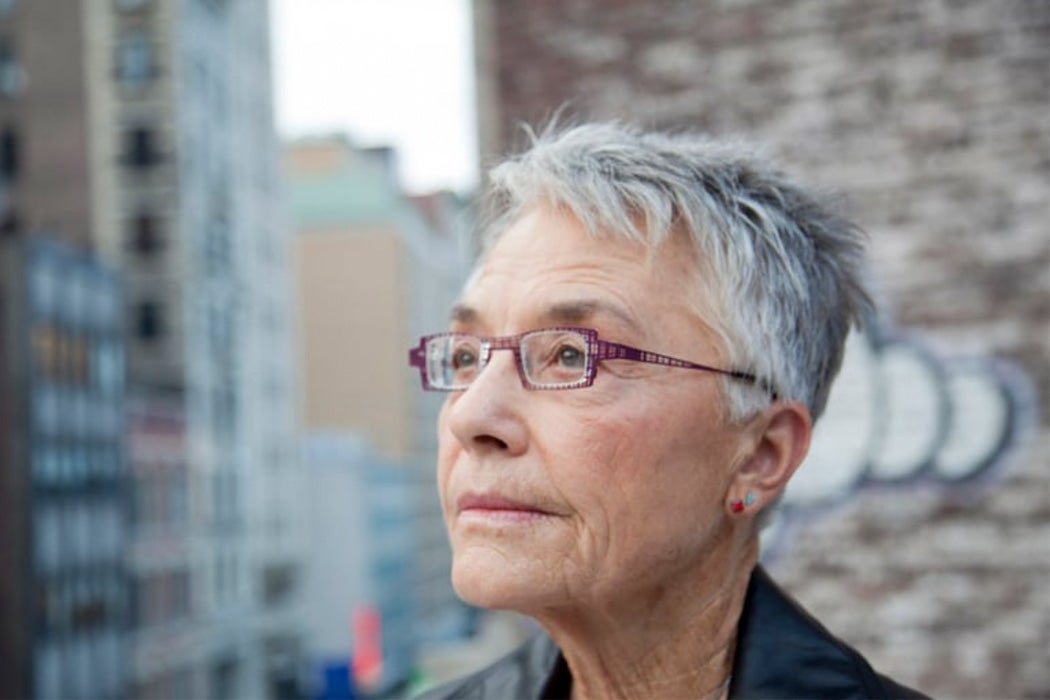Legendary filmmaker Barbara Hammer (May 15, 1939 – March 16, 2019) was known as one of the first lesbian experimental filmmakers. In the 1970s, she shook up the establishment by exploring queer life and feminism in her films.
Hammer wasn’t only a filmmaker, however; she was also a teacher. In 1984, she wrote the article “The Artist as Teacher: Problems and Experiments” as a way of documenting how she taught her students about art while being an artist.
Hammer wrote, “One of the ways I keep my ‘artist-self’ alive while teaching is to teach in new ways, to use my imagination in shaping or developing a class.” It was a welcome challenge to experience her students’ differing perspectives on the topics that she covered in film. Her own preparation for the class required tremendous research and visiting libraries, which she found lacked a large amount of history regarding women in film.
As a director, Hammer felt an inherent need to be in control of her artistic projects. Despite this instinct, Hammer wrote, “my chosen role as an art teacher is nondirective. I try to be a nonauthoritarian teacher of art who supports the unique development of students on a feminist basis of equal and shared learning.” In this way, she encouraged the artist within the student without imposing her own artistic ideas and strategies on them. When she found that a student was inspired by her work, she found it difficult—but crucial—to “hold back” and allow them to discover their style on their own.
Weekly Digest
It is evident from Hammer’s piece that she invested as much time and energy in her students as she did in her own work. “I no longer think it is necessary to create personal work while teaching full time. In fact, I suggest the opposite. When teaching, teach; when making art, don’t teach,” she wrote.
Hammer interrogated her identity as a teacher, which often challenged her identity as an artist. By collaborating with her students, however, she found the gender, power, and racial dynamics that she aimed to address in her films were also present in her classes. As Hammer wrote, “In creative teaching, the whole body, mind, spirit, physicality of the teacher is used; all her resources and capabilities are at play.”







